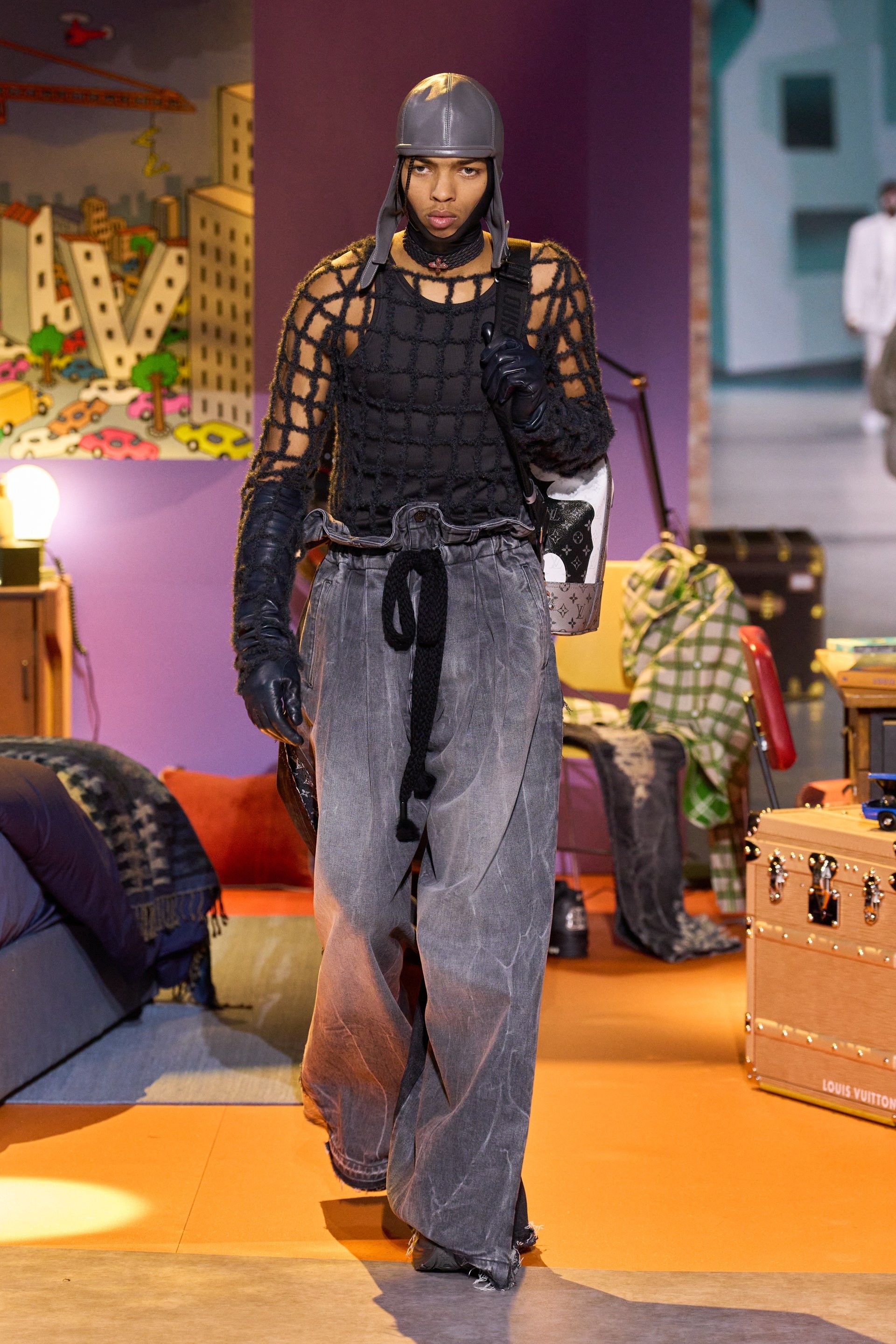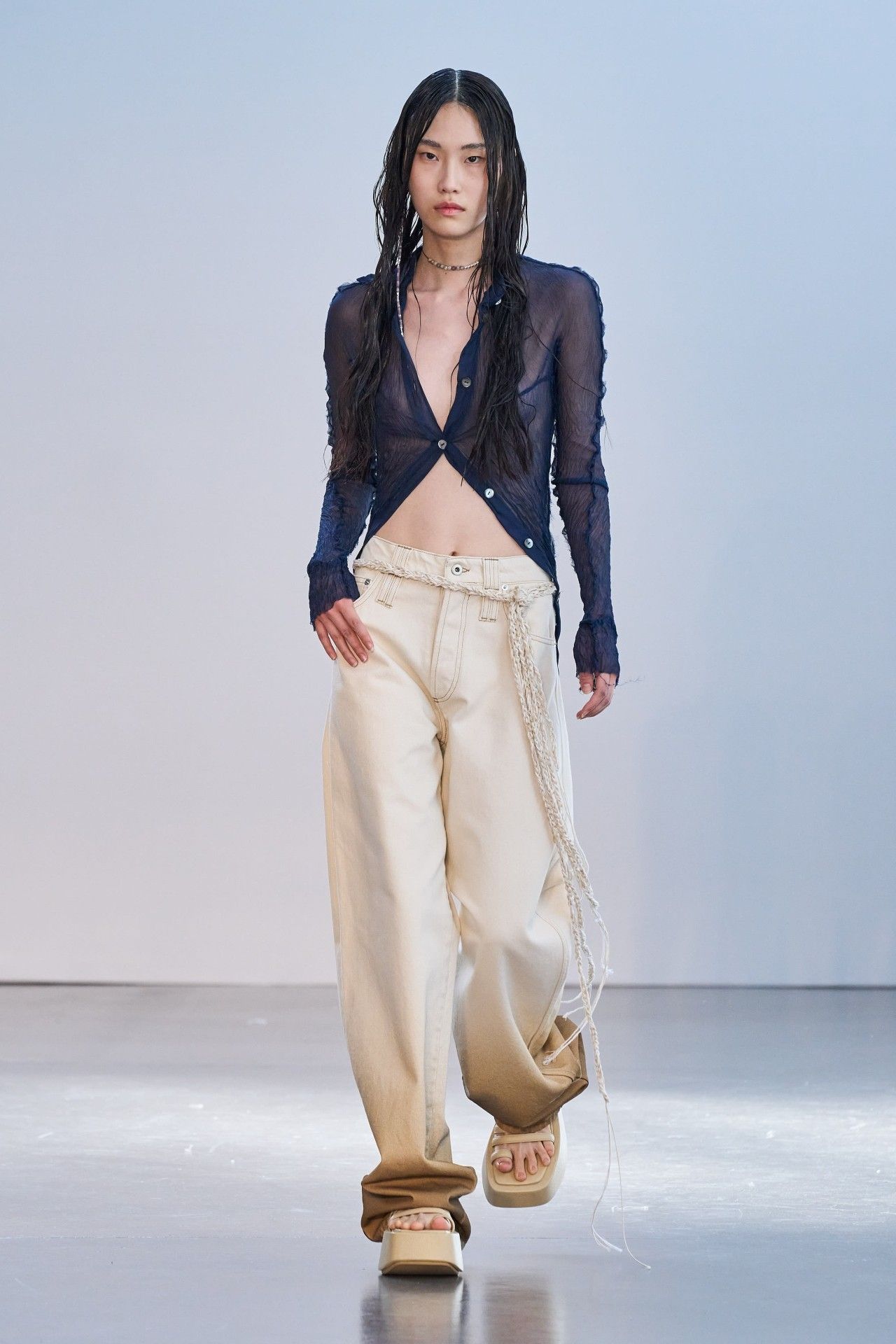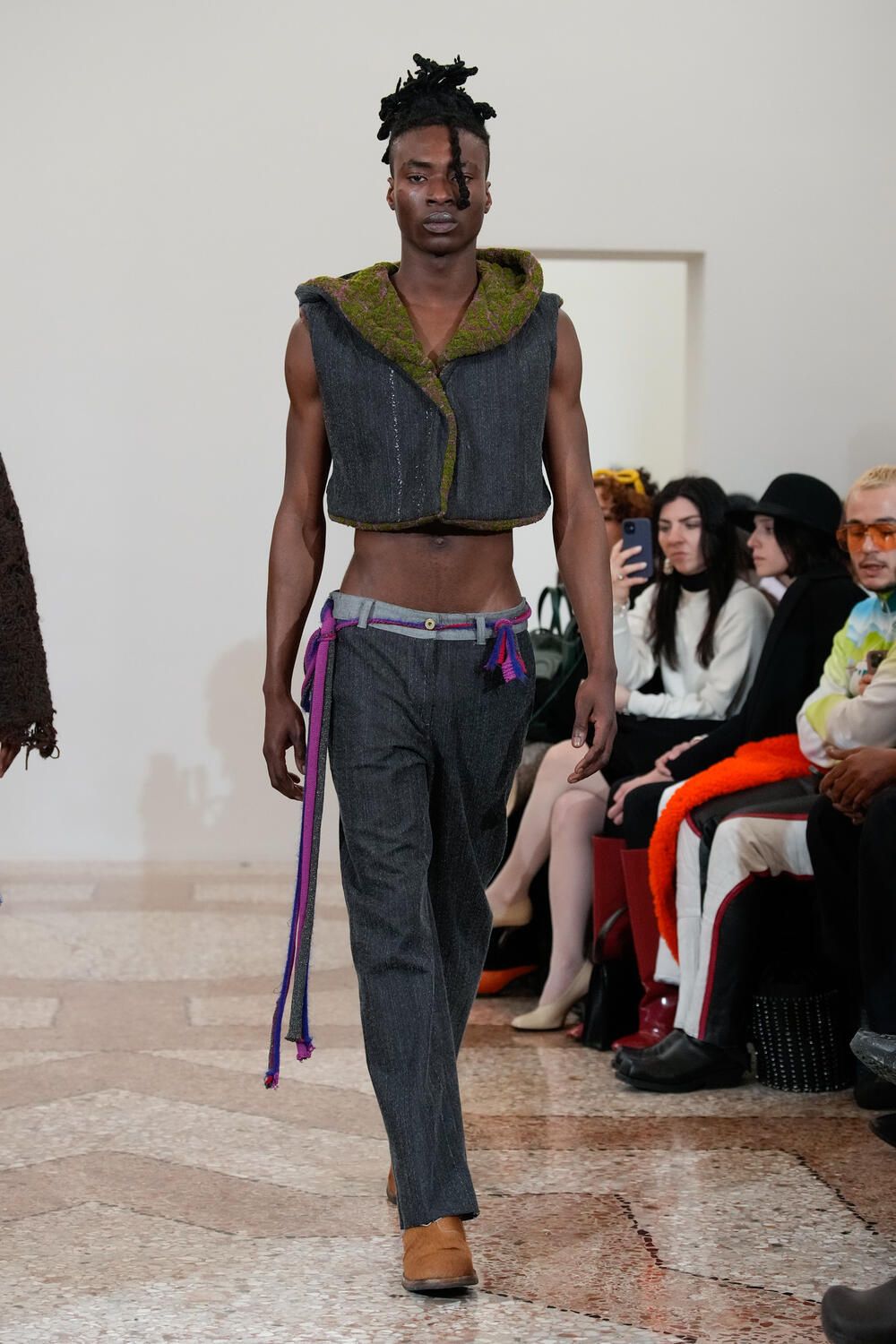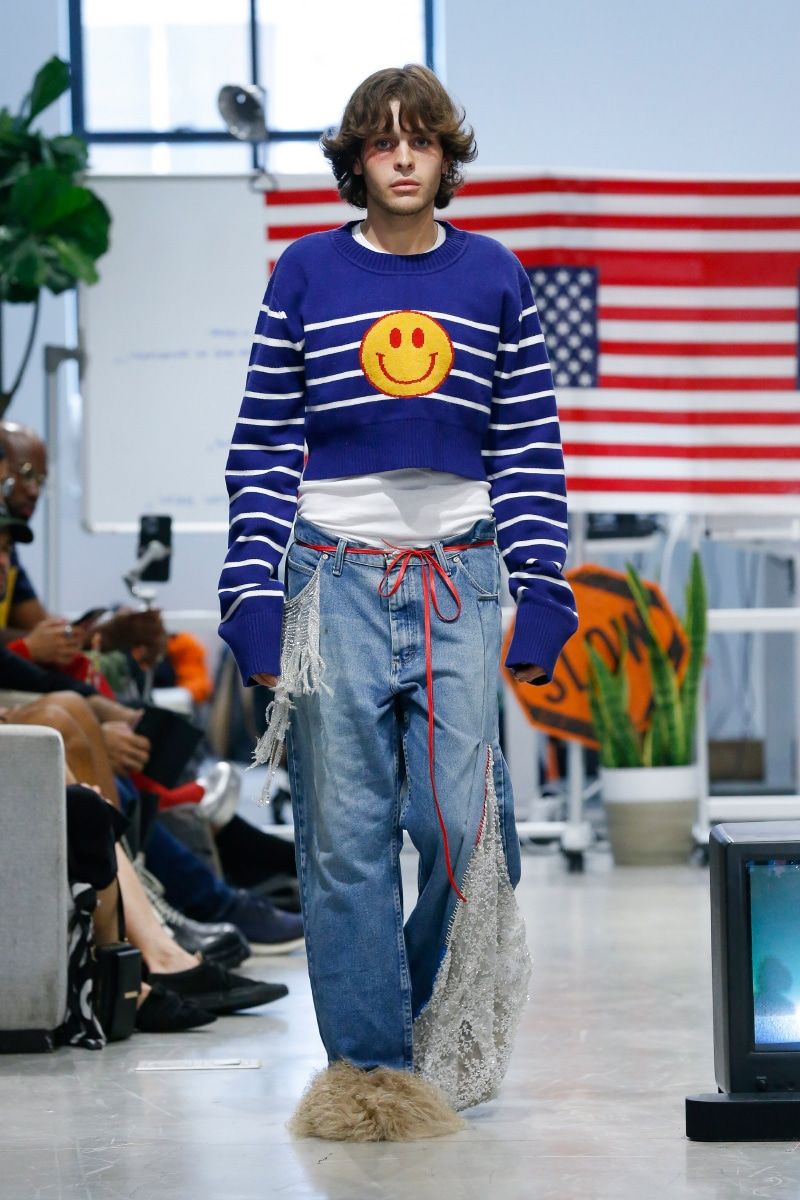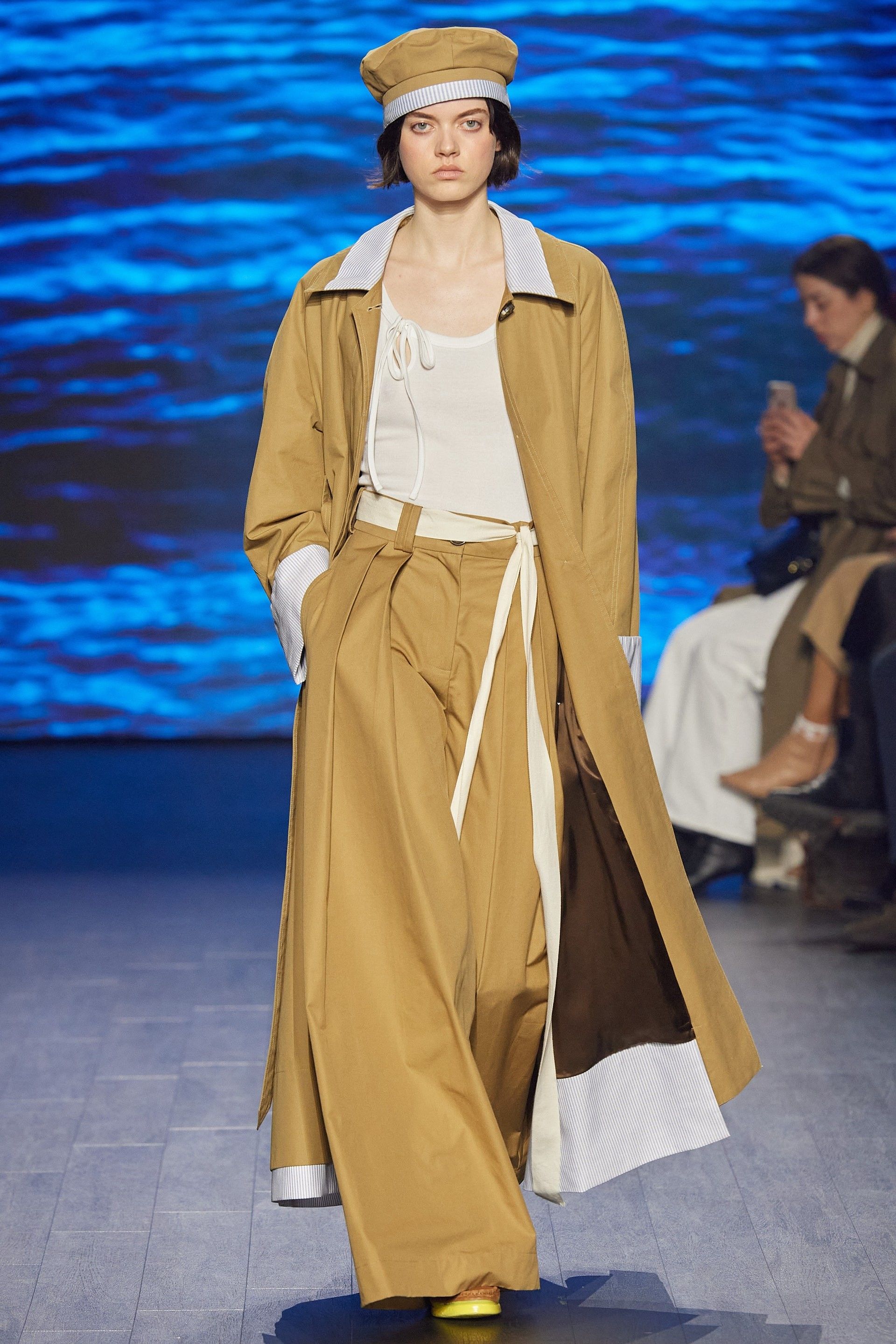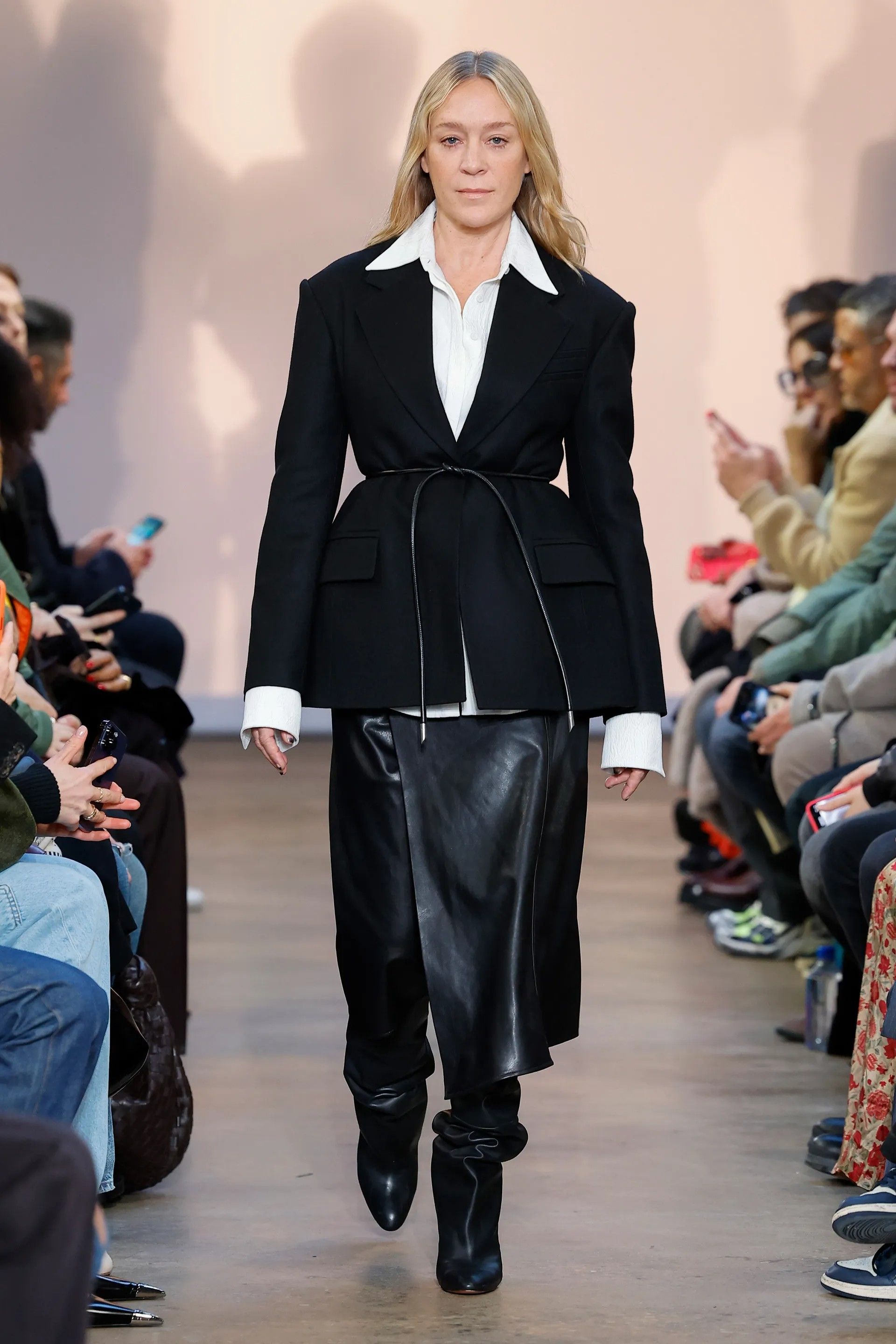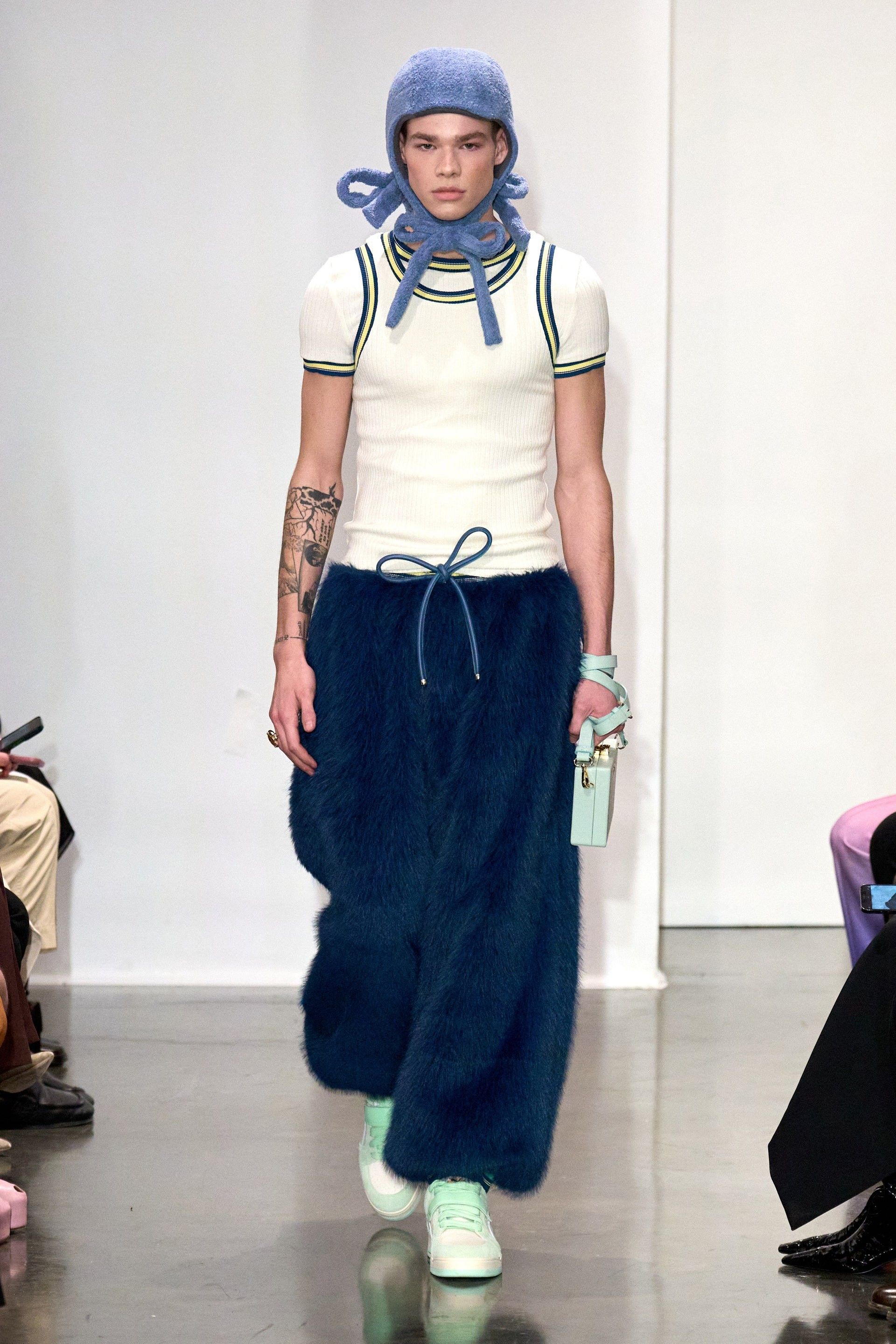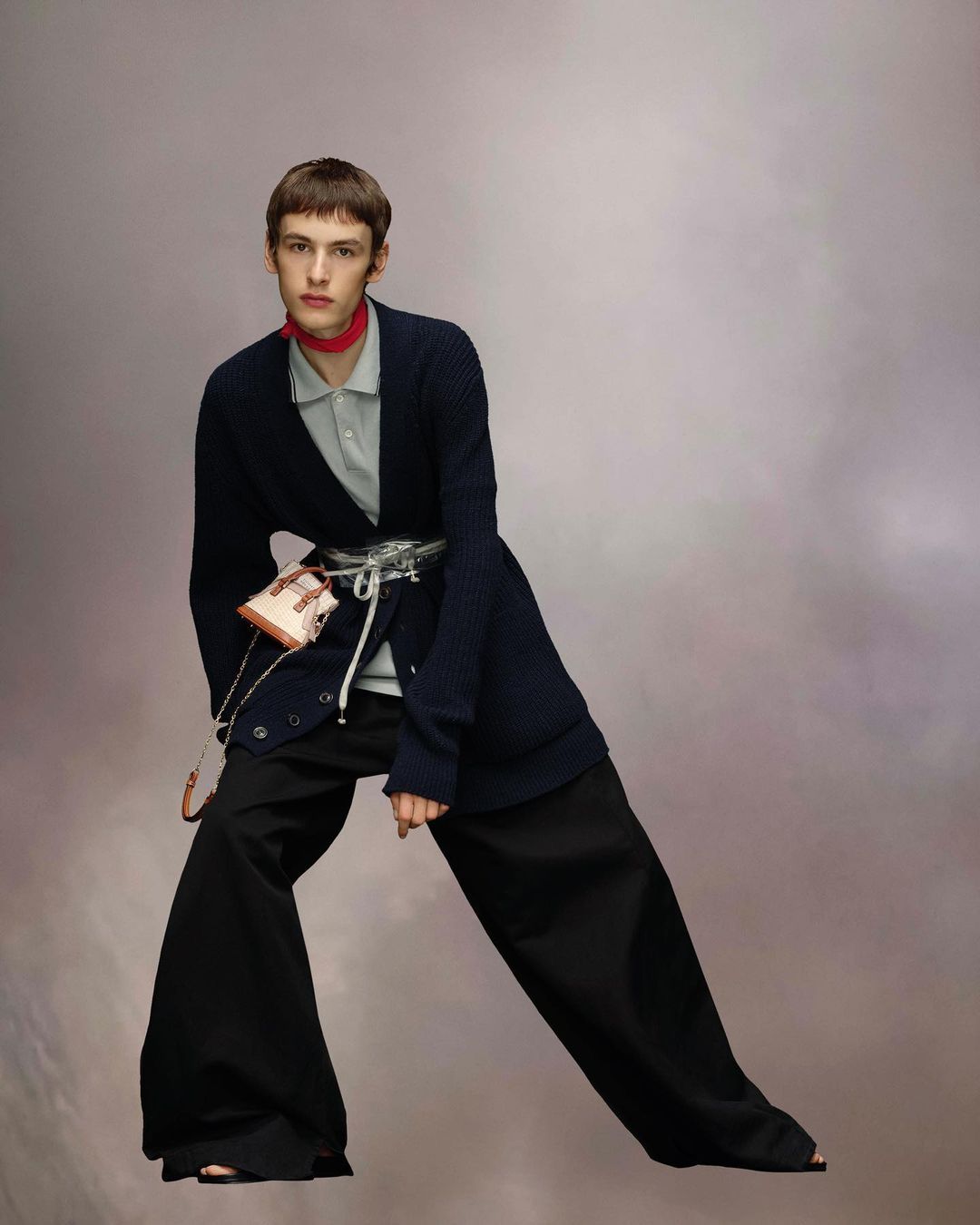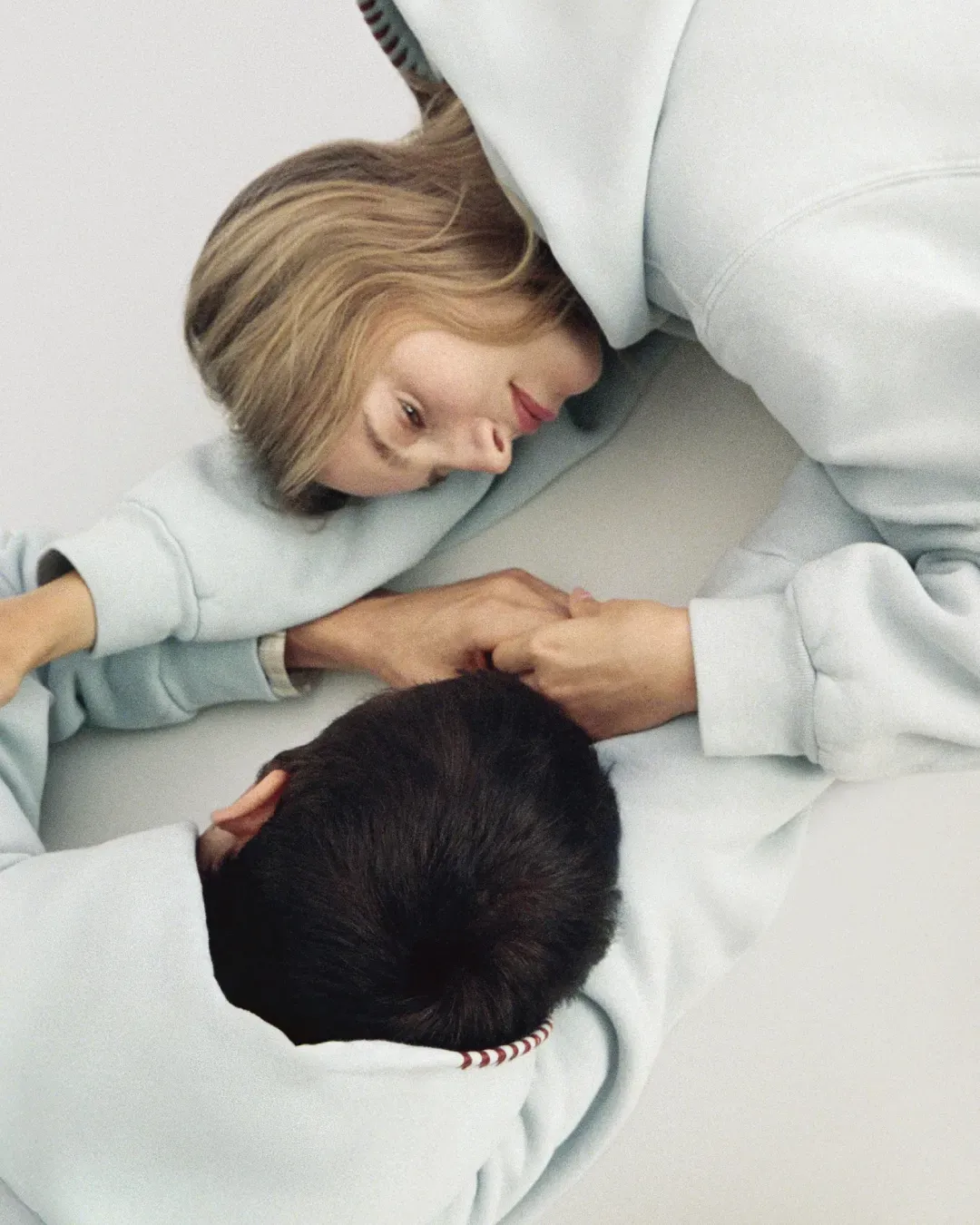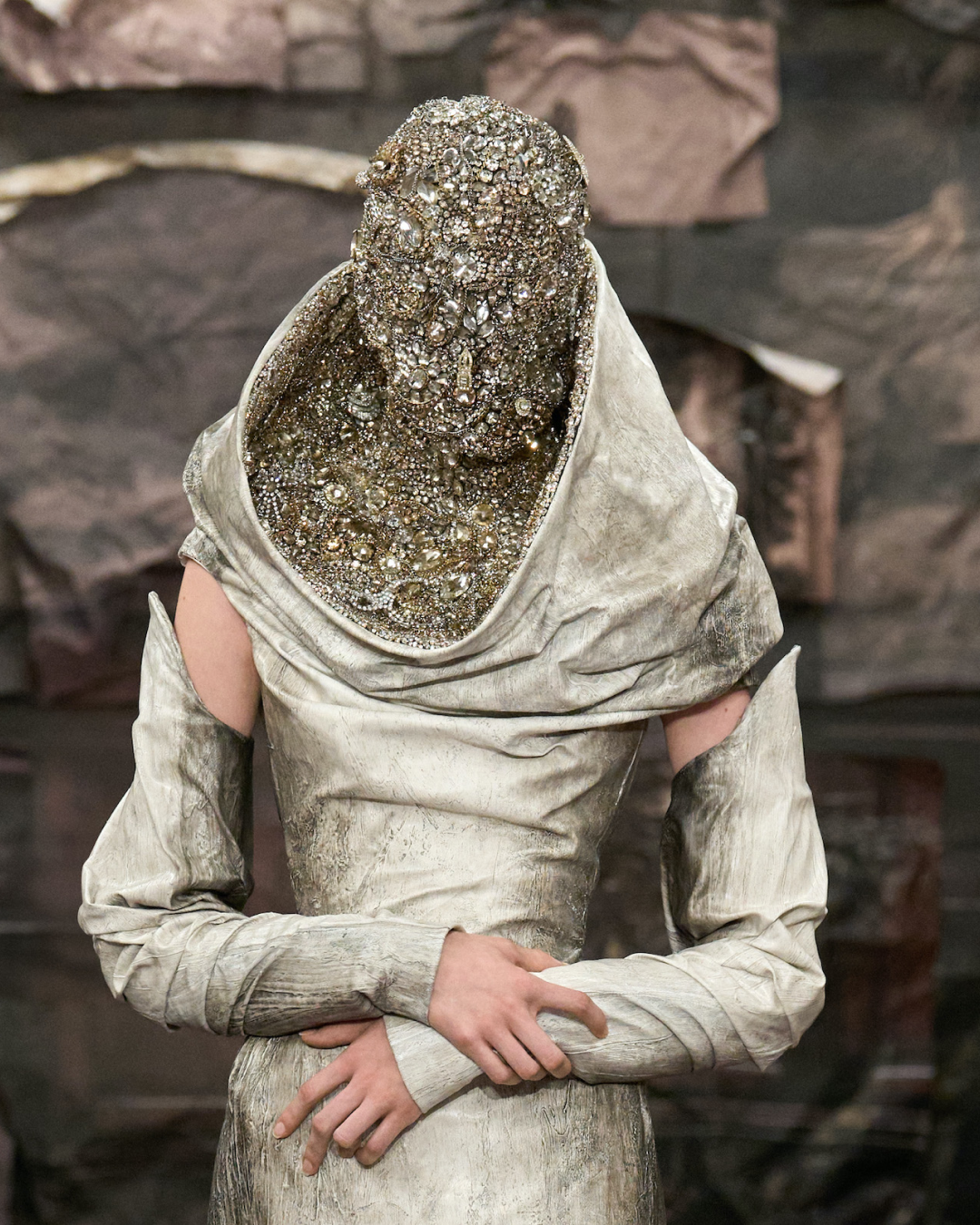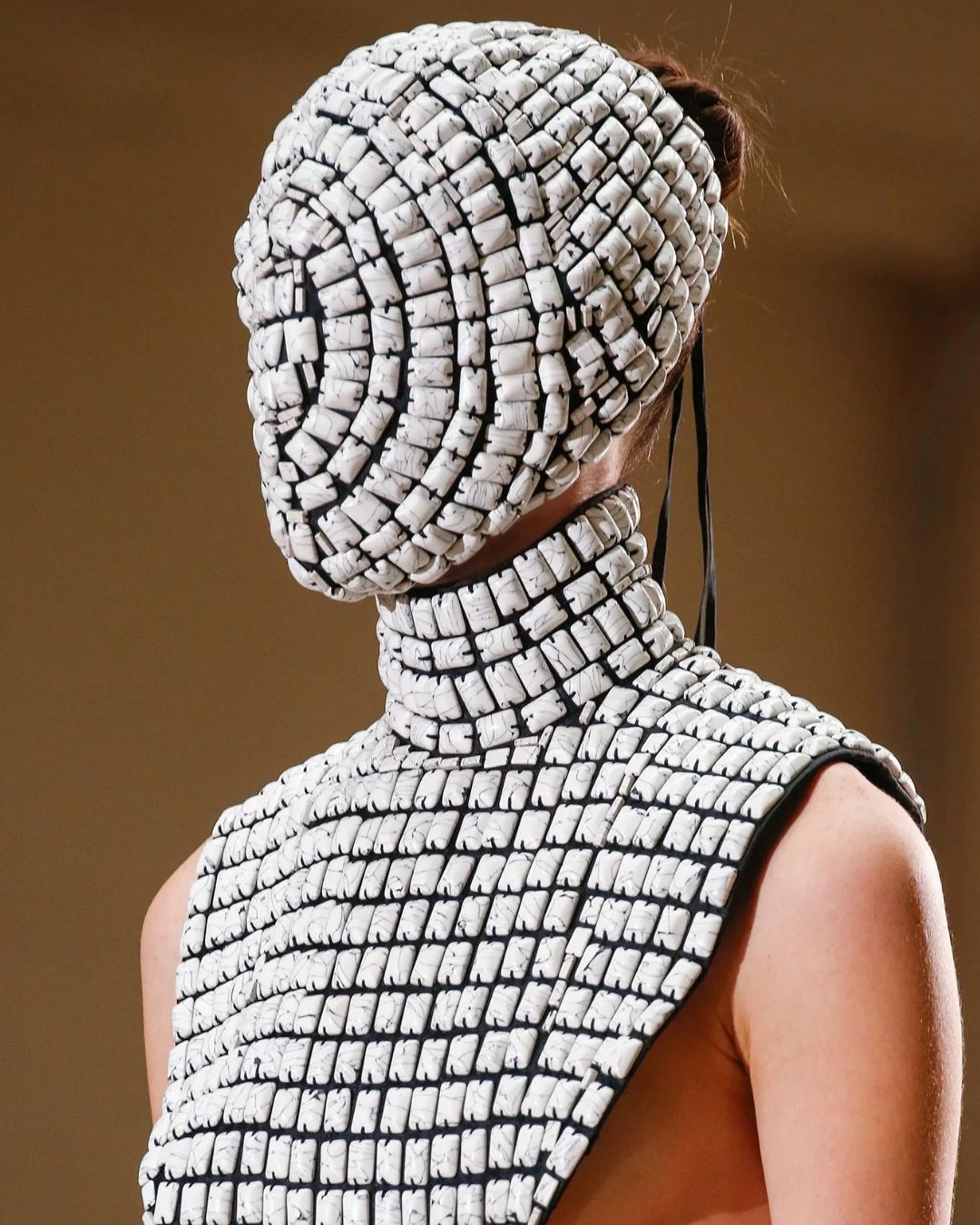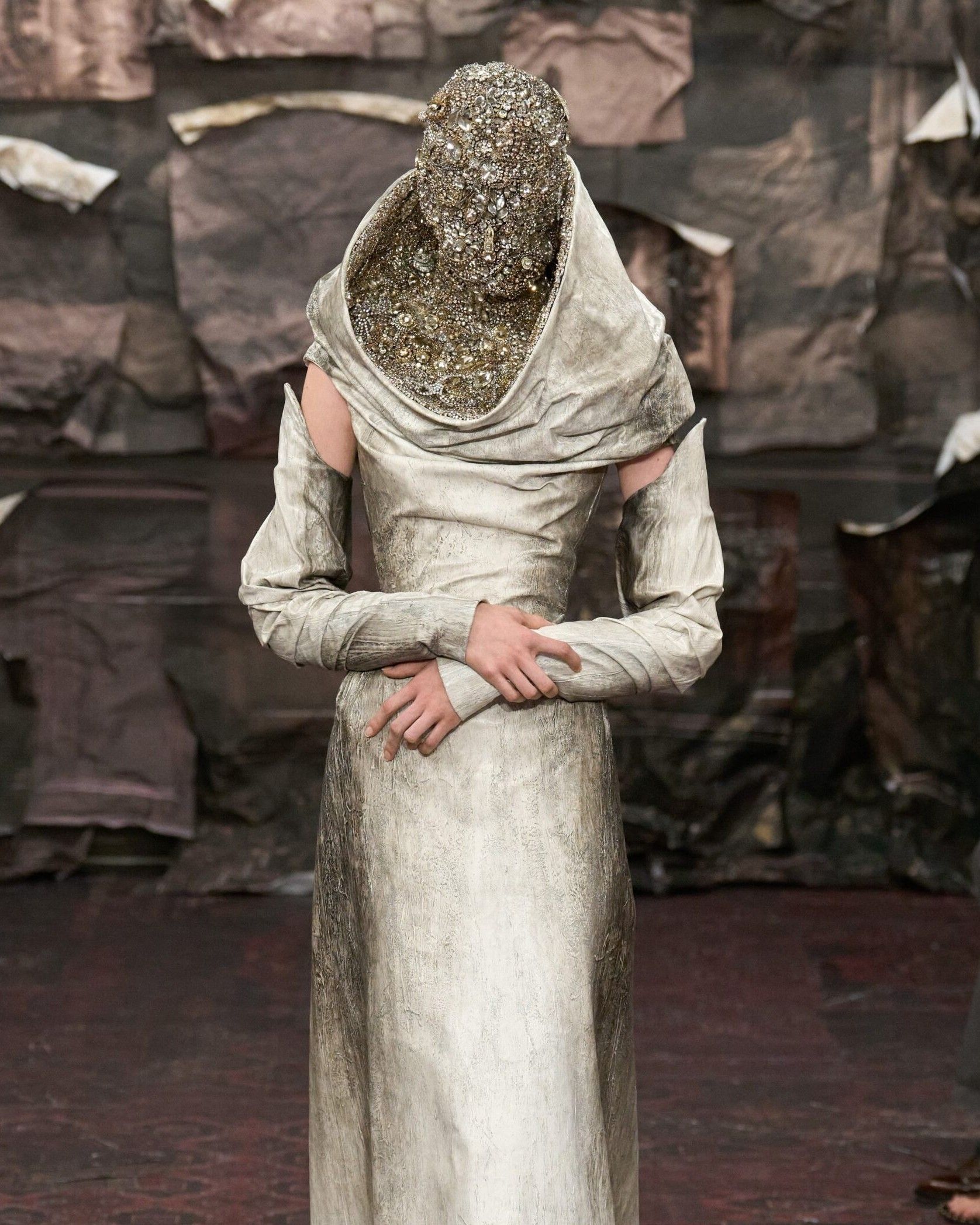
This spring, the real belts are shoelaces The muted return of the custom born in the skater world
In early March, Maison Margiela made headlines by marketing a set of dirty shoelaces to be used as belts - an example of the DIY ethos through which the brand historically deconstructs and reconstructs the idea of luxury. A product that found resonance in another seasonal collection, Marni's Resort 2023, whose products included a pair of ripped jeans, whose holes were filled with multicolored mohair inserts, and whose waist was cinched by a pair of shoelaces used as a belt. Continuing to dig, one finds strings (not quite shoelaces, but longer and in different materials but all sharing the subtlety of a classic shoelace) in the Louis Vuitton collection designed by Colm Dillane, in the outfit with which Chloe Sevigny opened the Proenza Schouler show in New York, in the Vitelli and Federico Cina fashion shows, in those of Palomo Spain, S.S. Daley, and M65. And that's not counting the other scarcely quantifiable appearances the impromptu accessory has made on Instagram, mostly paired with very baggy jeans. And in a season when men's accessorizing will serve to compensate for a look that is generally simplifying and will therefore need, we are willing to bet that the homemade vibe of shoelaces used as belts will return - at least for the more easygoing who are looking for an alternative to the classic belt.
But where did the custom of re-functionalizing shoelaces come from? According to many, it all started in the world of skateboarding, where between jumps and tricks the pants had to be loose and one could not use a belt to secure them at the waist since the metal buckle could have been a nuisance. The habit also had a second function and that was to keep an additional shoelace with you at all times in case the one on your shoes should break. Pure functionality, then, but also that delightful insouciance that has always distinguished the skater community whose natural, negligent charisma was later co-opted by legions of urban hipsters who, while keeping well away from physical activity, thought well of transporting this anti-mainstream habit to their craft breweries and their 1950s-inspired barber shops. Flash forward to 2020, to the pandemic and collective DIY fashion craze that led Gen Z to discover with touching naiveté the possibility of using the shoelace as a belt to adjust the waistband of oversize pants, which had meanwhile come back into vogue. In the Gen Z DIY fashion world, the fun lies in modifying the fit of pants and tops with gimmicks of one's own - perhaps using elastic bands, ways of knotting or twisting t-shirts and shirts, and generally employing the so-called clothing hacks so popular even today on TikTok and Instagram. A few years ago, specifically, a technique for adjusting the waist of jeans without the shoelace being visible went viral.
Today the trend has re-emerged as a kind of hybrid between the two dimensions - the cultural one of skateboarders and the practical one of Gen Z. While we see a trend emerging that revolves around sartorial minimalism, we also see one emerging that, even in the simplicity of its constituent elements, prefers a certain visual bustle, whether it is the washing and draping of jeans, the pinstriping of a jacket and the studs on a belt. Lots of details, albeit simple and vivid in a kind of tamed and codified grunge, which in short does not require one to excessively ruin one's clothes or alter them drastically or permanently, but at least comes across as a very versatile trick, since a lace of any material or length can be paired with any outfit, tied on the rib over a blazer, or left dangling like the monks' rope belt-a more theatrical solution for sure. Be that as it may, when you're off-duty and want to bring out the indie soul forget the classic leather belts you wear to the office and use your shoelaces at the waist though, whatever you do, avoid at all costs using this makeshift belt with even a remotely formal outfit. The key to everything is lightness.











































